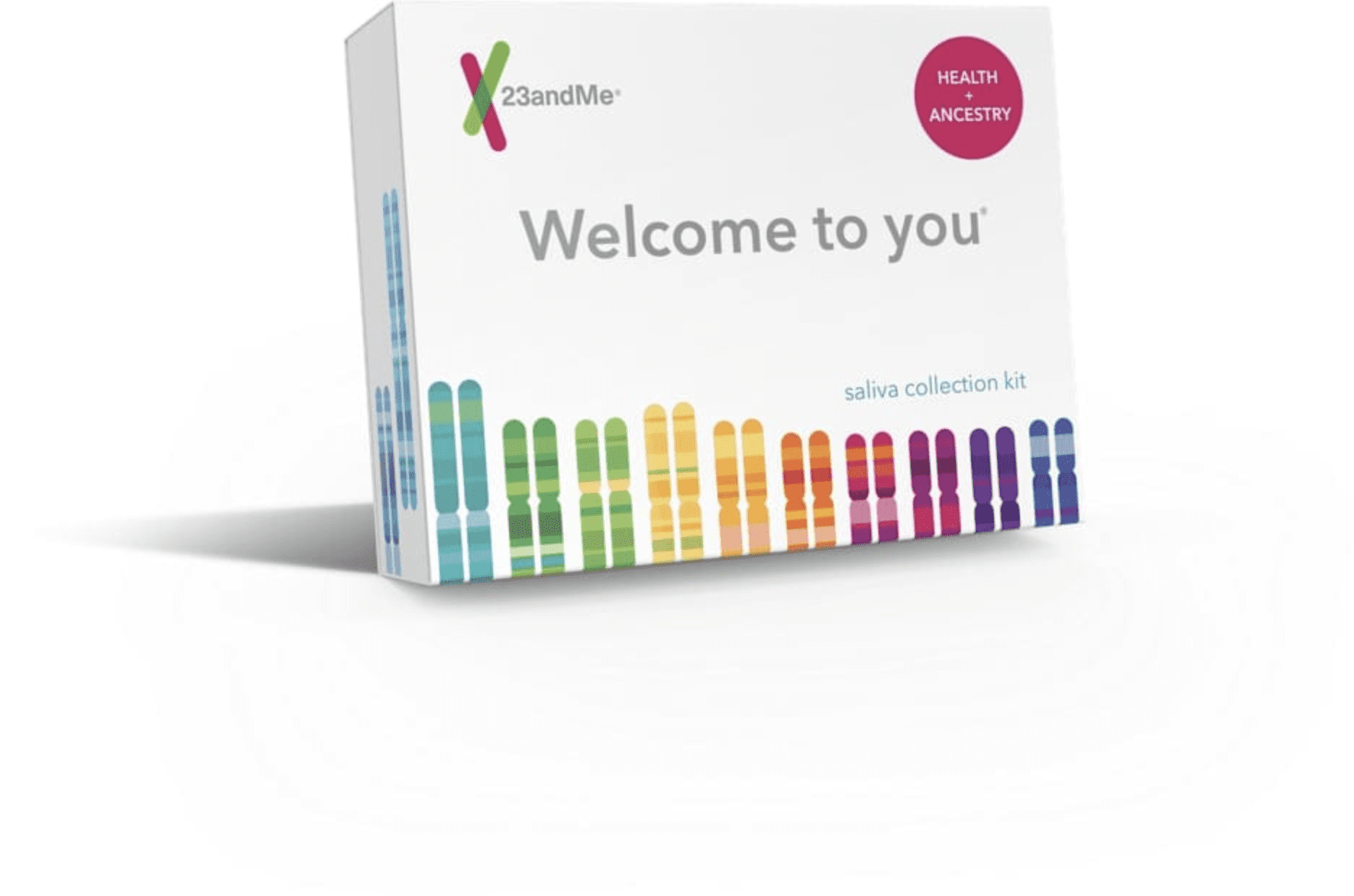How it works
Finger length ratio is the length of your index finger compared to the length of your ring finger. Hormones are thought to influence finger length ratio. Some scientists believe the amount of estrogen and testosterone we’re exposed to in our mothers’ wombs can influence which digit is longer than the other. Higher testosterone exposure may be linked to a slightly longer ring finger.
The genetic link
Scientists haven’t been able to completely put their fingers on all the reasons behind whether someone’s index or ring finger is longer. However, 23andMe researchers have looked at 15 genetic markers (DNA locations) that influence finger length ratio.

Did you know?
Scientists have been trying to get their hands on clues to explain finger length differences since the late 1800’s. Over time, researchers developed a measurement system called finger length ratio. This ratio is the length of the index finger divided by the ring finger length. Generally, men tend to have lower ratios than women, which means their ring fingers are usually longer than their index fingers. Women’s ring and index fingers are often closer to equal in length.
Explore more
23andMe’s Health + Ancestry Service can’t see the future written in your hands, but it can give you a closer look into your DNA. Pick up one of our kits to learn what your genes have to say about your finger length ratio.

Health + Ancestry Service
References
23andMe Blog (2017, June 20). “SNPWatch: A Tale of Two Fingers.” Retrieved October 21, 2018, from https://blog.23andme.com/23andme-research/snpwatch/snpwatch-a-tale-of-two-fingers/.
Baker F. (1888). “Anthropological notes on the human hand.” American Anthropologist. 1(1):51-76.
Williams TJ et al. (2000). “Finger-length ratios and sexual orientation.” Nature. 404(6777):455-6.
Leave a Reply